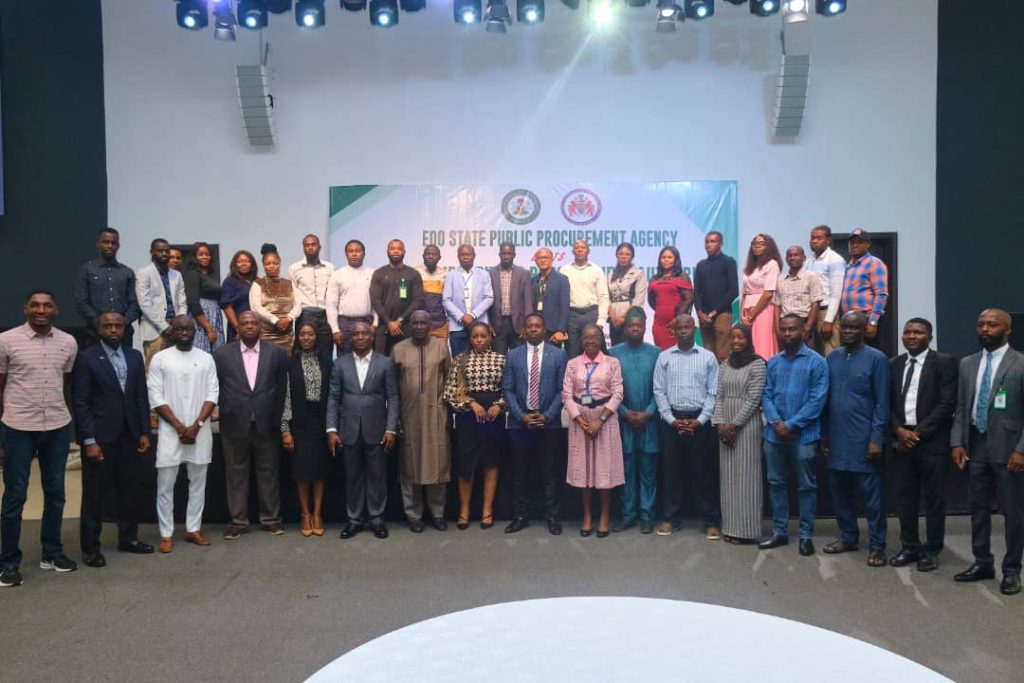Emmanuel Addeh in Abuja
Nigeria flared as much as 10.027 billion Standard Cubit Feet (SCF) of gas in December 2022; as against the 9.3 billion it burnt in the previous month, new data from the Nigerian National Petroleum Company Limited (NNPC) has shown.
A breakdown of that figure indicated that at least 323 million SCF of gas was flared everyday during the month under consideration, as against 313 million SCF practically sent into the environment during the month.
According to the National Oil Spill Detection and Response Agency (NOSDRA), which monitors the burning of gas in the country, the molecules are burnt off, or ‘flared’, as part of the oil production process.
It stated that gas has been flared in Nigeria since the 1950s, releasing carbon dioxide and other gases into the atmosphere and remains a continuing source of environmental and health concerns in the Niger Delta, despite efforts to reduce it.
“When crude oil is extracted from onshore and offshore oil wells, it brings raw natural gas with it to the surface. If it is not possible to use it at source or transport it elsewhere, it is flared as a waste product. This also helps prevent accidents, ”it explained on its website.
In 2022, NOSDRA said that 12 million tonnes of CO2 were emitted into the atmosphere contributing to global warming while useful natural gas valued at $0.79 billion was burned by the Nigerian oil and gas industry equivalent to fines to the value of $450 million, many of which it said are not collected.
In addition, it explained that 22,500 Gigawatts hours of potential power generation went to waste, equivalent to the annual electricity use of 511 million Nigerian citizens.
But Mobil was the biggest culprit in terms of amount of gas flared during the period, expending 2.52 billion SCF as flared gas in December 2022, followed by Addax, with 1.13 billion SCF and Shell which burnt 1.1 billion SCF.
However, in terms of percentage flared in relation to total production, the figures showed that 9.37 per cent of gas produced by Mobil was flared during the period, while 62 per cent of Addax’s production was burnt.
For the period under review, Shell’s share of flared gas in terms of percentage was smaller compared to the rest, with just 4.27 per cent of total production.
Of the about 30 oil firms reviewed in the provisional gas production and utilisation data by the national oil company, operators like Belema, Seplat and NPDC/CNL flared 100 per cent of the gas they produced for the period.
They were followed by AENR, which flared 95 per cent, First E&P with 93 per cent and Newcross with 43 per cent flaring of total gas produced in December.
But Nigeria’s total gas production for the month, both associated and natural gas was 147.8 billion SCF as against the 154 billion SCF the previous month. This output was from both the country’s Joint Venture (JV) arrangements and Production Sharing Contracts (PSC).
In addition, average daily production from both PSCs and JVs was 4.77 billion SCF/d, lower than the 5.13 billion SCF/day produced in November of the same year.
Last year, a NOSDRA report said that Nigeria flared 216.5 billion standard cubic feet of gas in about eleven months despite its commitment in November 2021 to reach net zero by 2060.
The organisation uses the Nigeria Gas Flare Tracker (GFT), a satellite-based technology, with the flared gas emitting about 11.5 million tonnes of carbon dioxide into the atmosphere, worth about $757.9 million.
Nigeria has over 178 flare sites, which emit poisonous chemicals that cause all kinds of environmental damage and make people that around the areas fall sick.
The Nigerian Upstream Petroleum Regulatory Commission (NUPRC) recently announced 139 business entities as having qualified for the next round of the Nigerian Gas Flare Commercialisation Programme (NGFCP) 2022.
The Chief Executive of the Commission, Mr Gbenga Komolafe, said that 300 bidders entered for the scheme initially.
In 2021, Nigeria, Africa’s biggest crude producer, joined some of the world’s largest energy exporters, Saudi Arabia and Russia in pledging to eliminate planet-warming emissions by 2060.
The West African nation vowed to unconditionally cut emissions by 20 per cent below the “business as usual” levels by 2030.
The reductions, it said, can be increased to 47 per cent if the country gets “financial assistance, technology transfer and capacity building from the more advanced and more willing international partners,” President Muhammadu Buhari said at the COP26 climate summit in Glasgow.
Last modified: February 6, 2023








